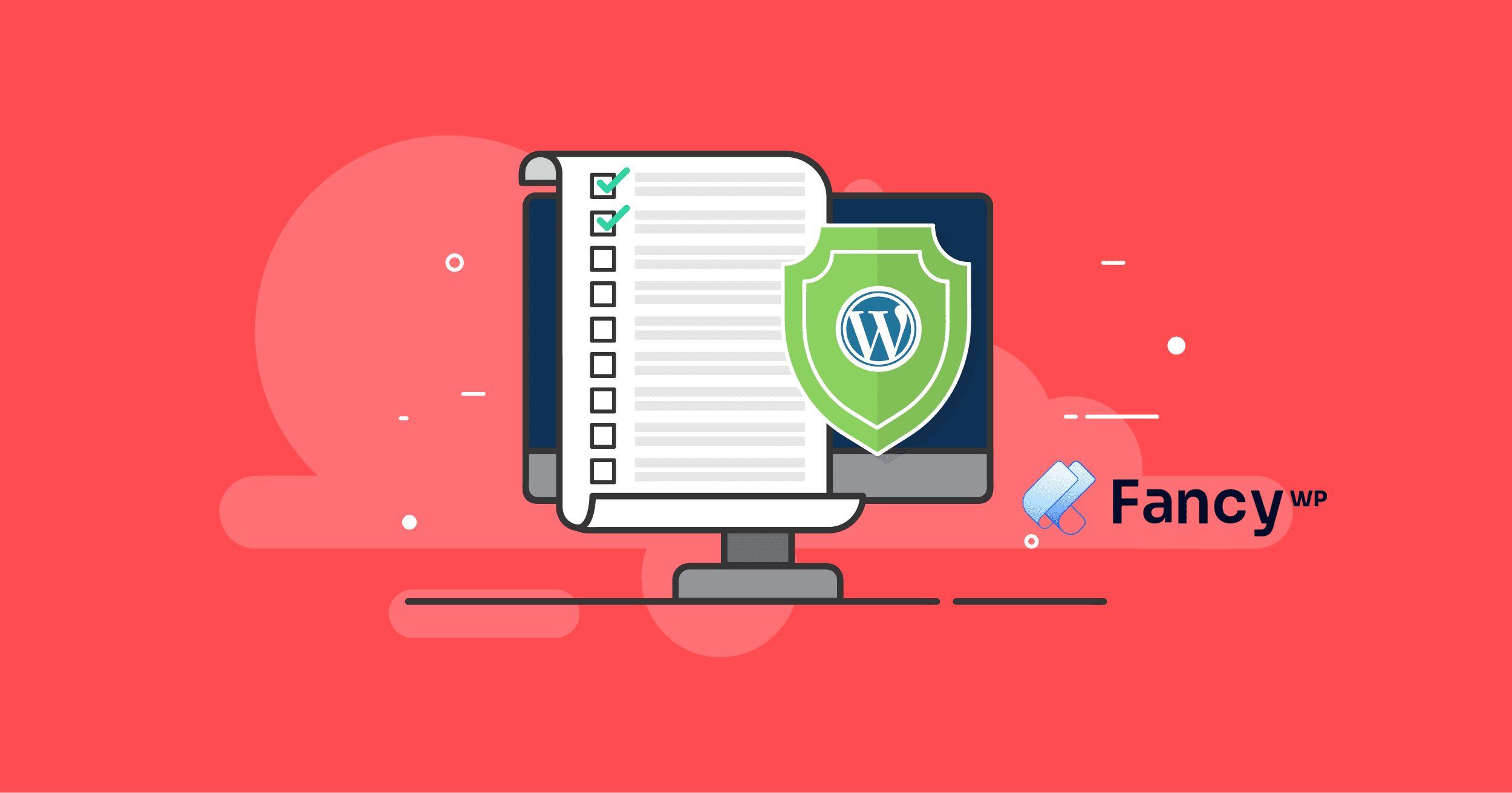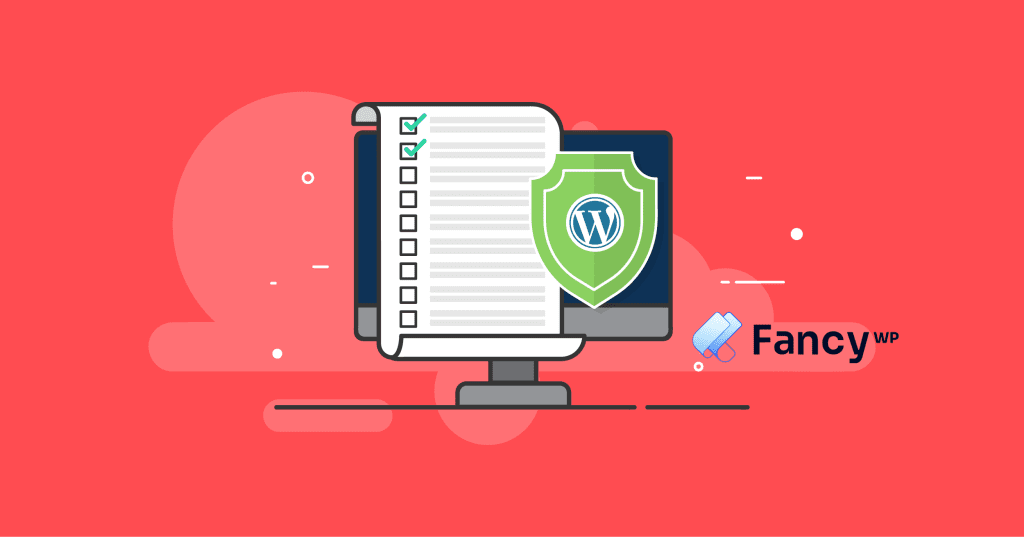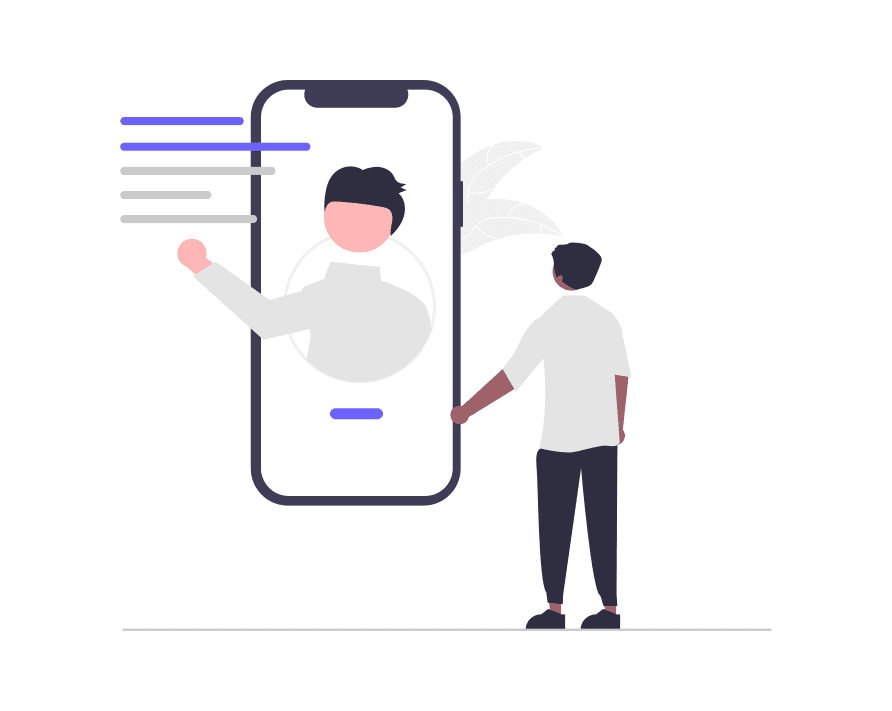
WordPress is one of the most popular Content Management Systems (CMS) used today. It’s estimated that more than 40% of websites on the internet use WordPress. The popularity of WordPress makes it a prime target for hackers and cybercriminals. Therefore, it’s essential to take the necessary steps to secure your WordPress website. Secure WordPress website is essential to protect it from malicious attacks and ensure the safety of your data and your visitors’ information. As a website owner, securing your WordPress site should be a top priority. In this article, we discussed some of the key steps you can take to secure your WordPress site.

WordPress developers regularly release security patches and updates to fix vulnerabilities and bugs. Therefore, it’s essential to keep your WordPress installation up-to-date. You can easily update your WordPress website by clicking on the update button in your WordPress dashboard.
The use of strong passwords is a simple yet effective way of securing your WordPress website. A strong password should be at least 12 characters long and contain a mix of uppercase and lowercase letters, numbers, and symbols. You can use password managers like LastPass, 1Password, or Dashlane to generate strong passwords and store them securely.
By default, WordPress allows unlimited login attempts, making it easy for attackers to use brute force attacks to crack your login credentials. You can limit login attempts by using plugins like Login Lockdown or Limit Login Attempts. These plugins allow you to set a limit on the number of login attempts allowed, after which the user is blocked from logging in.
Two-factor authentication adds an extra layer of security to your WordPress website by requiring users to provide two forms of identification: a password and a verification code. You can use plugins like Google Authenticator, Authy, or WP 2FA to enable two-factor authentication on your WordPress website.
Your hosting provider plays a critical role in the security of your WordPress website, secure WordPress website. Choose a hosting provider that offers the latest security features like SSL certificates, firewalls, and malware scanning. Some of the popular secure hosting providers for WordPress include WP Engine, SiteGround, and Bluehost.
SSL is a security protocol that encrypts data transferred between a user’s browser and your website. SSL certificates are essential for protecting sensitive information like passwords, credit card details, and personal information. You can install an SSL certificate on your WordPress website by purchasing one from your hosting provider or using free services like Let’s Encrypt.
WordPress has a vast library of plugins that you can use to enhance the security of your website. Some of the popular security plugins for WordPress include Wordfence, iThemes Security, and Sucuri Security. These plugins offer a wide range of features like malware scanning, firewall protection, and brute force attack prevention.
Backing up your WordPress website regularly is essential in case of a security breach or system failure. You can use plugins like UpdraftPlus or BackupBuddy to backup your website automatically. You should also store your backups offsite, preferably on a cloud storage service like Google Drive or Dropbox.
File permissions determine who can access and modify files on your server. It’s essential to set strong file permissions to prevent unauthorized access to your website files. You can use plugins like WP Security Audit Log or File Manager to set file permissions on your WordPress website.
Unused plugins and themes can pose a security risk to your WordPress website. You should delete any plugins or themes that you’re not using to reduce the attack surface of your website. You can also use plugins like UnusedCSS or UnusedFiles to remove unused CSS and JavaScript files from your website.
Securing your WordPress website is essential to protect your business, customer data, and reputation. Securing your WordPress website is crucial to protect it from hackers and malicious attacks. By following these measures and staying vigilant against security threats, you can significantly reduce the risk of your WordPress site being compromised. Remember that securing your website is an ongoing process, and it is essential to stay up-to-date with the latest security best practices and technologies to keep your site safe.
With our extensive collection of elements, creating and customizing layouts becomes second nature. Forget about coding and enjoy our themes. Kindly reach out via email for the exclusive deals!


